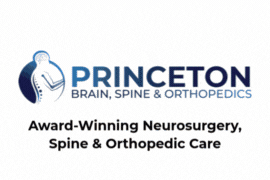The temporomandibular joint (TMJ) is what connects the bottom jaw to the skull. The joint is a hinge that makes it possible to eat and speak, but it can be subject to pain and inflammation from multiple sources. It's a complex system composed of bone, muscle and ligaments and any disturbance or misalignment to the area can result in dysfunction.
The condition is common, but it's often difficult to discern the exact cause. People with the condition may hear and feel clicks and pops when they move their jaw and in some instances it can feel as if the jaw is "stuck" for a brief moment. People who clench their teeth during the day or engage in nocturnal teeth grinding often experience TMJ dysfunction.
TMJ pain can occur on one or both sides of the face. Patients with the condition may experience headaches similar to migraines, feel pressure behind the eyes, have an earache, or a change in the way their teeth fit together. Pain may be present when they chew or yawn. In the most severe cases, the jaw may become locked in an open or closed position.
The pain of TMJ dysfunction can appear after a blow to the jaw, an accident in which whiplash was a factor, as a result of a dental problem, or a misalignment of the neck, spine or jaw. Any action or change that causes trauma to the jaw can result in swelling of the joint and surrounding soft tissues.









